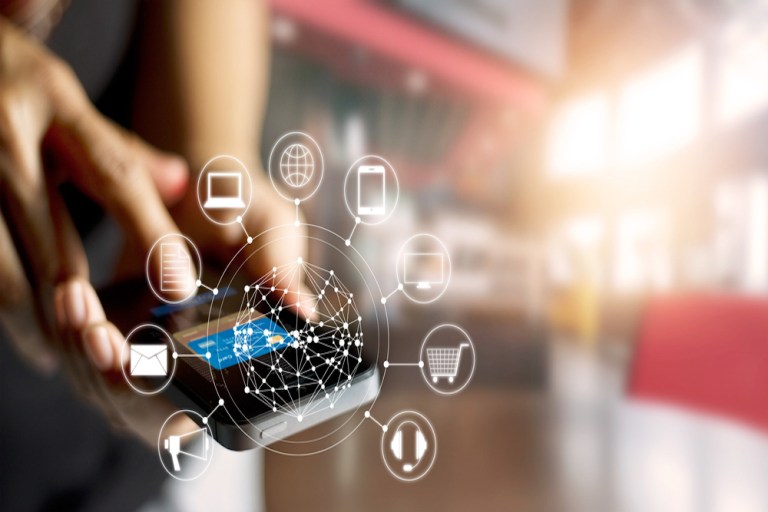
Mobile order-ahead isn’t just for fast food. Across the brick-and-mortar spectrum, many retailers are leveraging it as a way to close the loop between real-world and digital experiences — and to provide a better, more compelling service experience for customers.
Several major grocers (Kroger, Stop & Shop and even Amazon) have a click-and-collect option that lets shoppers fill their carts online, pay, then roll up and load the haul into their cars. Walmart has this not only for food, but for electronics and other goods available from the big box retailer, which can be ordered and paid for online, then retrieved from a kiosk either in the store or the parking lot.
These are just a few examples of how, for many more traditional retailers, allowing customers to buy online and pick up in store, or “click and collect,” is becoming a critical part of the omnichannel strategy.
But as PYMNTS outlined in the latest edition of its OmniReadi Index powered by Vantiv, there’s more to omnichannel than just adding more channels; they all must work together. The experience must be consistent no matter how shoppers choose to visit, and mobile apps or sites must add value for the customer.
Inventory must be available across mobile, web and in-store, customers must have easy access to the information needed to complete purchases, there should be ways for shoppers to ask questions and get solutions and the merchant should demonstrate some level of understanding of the customer’s preferences and shopping histories.
It is to such ends that Theatro and Curbside have linked up to build a better click-and-collect experience for customers buying online and picking up in the store — and also for retail associates trying to keep up with new omnichannel demands.
Online orders are pushed through the order management system and out Theatro’s voice-activated assistant, which notifies associates of the order. Once an associate confirms that he or she will handle the task, the assistant guides him or her through selecting the items and fulfilling the order.
When the customer gets close to the store, Curbside’s ARRIVE location technology pings the associate to prepare the order for hand-off at the front end. The associate who handled the order can then greet the customer and present cross-sell items that would complement the selection.
Online orders are an extra ball to juggle for employees at, say, an apparel store, but with a coordinated approach, they don’t have to be burdensome. An approach like Theatro and Curbside’s creates a streamlined fulfillment process that has minimal impact on employees, delivers the efficient experience that today’s consumers demand and may even help generate additional revenue through personalized upsell opportunities.
Top performers in the OmniReadi Index may feel they’ve already arrived at omnichannel success. However, only three top performers moved up into the 90th percentile in Q3 2017, showing that there is still room for improvement for the vast majority of retailers.
Meanwhile, it seems the rest of the industry is now playing catchup, with middle and bottom performers closing the gap.
This just goes to show that tools like the one from Theatro and Curbside are very much needed, as retailers continue to grapple with a brave new omnichannel world.